Middlemen Are Marking Up Your Generics
Take a look at the list of commonly prescribed generic medicines below and note the gap between what generic drug makers charge for their medicines (to others in the supply chain) and what patients might pay if they chose to only use just cash when filling their prescription at the pharmacy.
For example:
Atorvastatin
Atorvastatin, the generic medicine for Lipitor commonly prescribed to control high cholesterol, sells to patients at retail for $46 cash. Generic drug makers sell it to their customers in the supply chain for only $1.46.
Omeprazole
Omeprazole, the prescription generic medicine for Prilosec commonly prescribed to prevent heartburn and stomach ulcers, sells to patients at retail for $74 cash. Generic drug makers sell it to their customers in the supply chain for only $0.92.
Source: IQVIA, US Market Access Strategy Consulting Analysis, January 18, 2022. Dollar amount is reflective of a 30-day supply.
Generic drug makers are not to blame for high out-of-pocket costs for patients.
Policymakers can address these challenges and ensure the sustainability of the generic and the emerging biosimilar medicines markets. The AAM Roadmap For Ensuring Patient Access has key steps policymakers can take to ensure all Americans continue to benefit from a competitive and robust generics and biosimilars industry.
- Modernize Medicare Part D – The Medicare Part D benefit should be modernized to address the perverse incentives that currently favor high-cost brand name drugs over lower-cost generic and biosimilar medicines.
- Reduce Medicare Cost Sharing for Seniors – The Ensuring Access to Lower-Cost Medicines for Seniors Act would ensure coverage of newly available generic and biosimilar medicines, reduce patient cost-sharing through proper formulary tier coverage and create a new specialty tier for biosimilars.
- Eliminate the Medicaid Generics Penalty – The Protecting Access to Affordable Medicines Act would fix the misguided application of the Medicaid rebate on generic medicines, reducing the risk of drug shortages and benefiting patients through sustainable access to low-cost generics.
- Address Patent Abuse – The Restoring the America Invents Act would strengthen the Inter-Partes Review process to support earlier generic entry.
- Preserve the Tools that Drive Competition and Savings – Developers of generic and biosimilar medicines rely on the 180-day exclusivity period for new generics and the ability to accelerate competition through patent settlements and the “skinny label” pathway.
Resources and Media
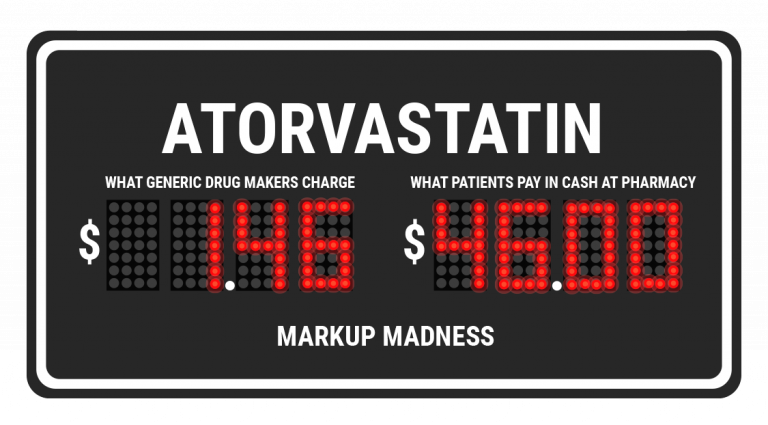
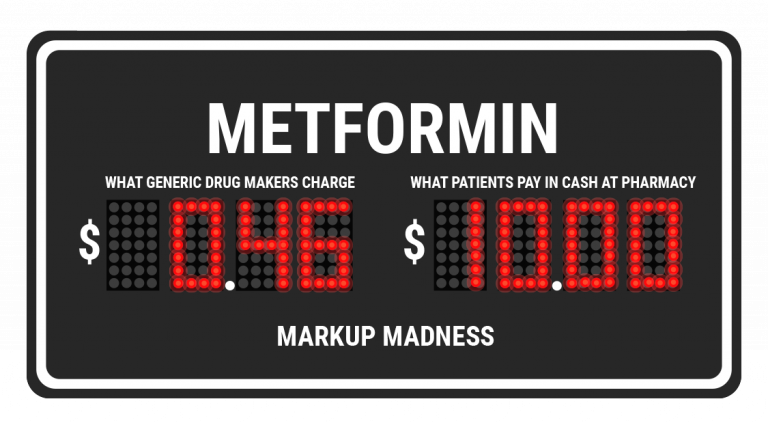
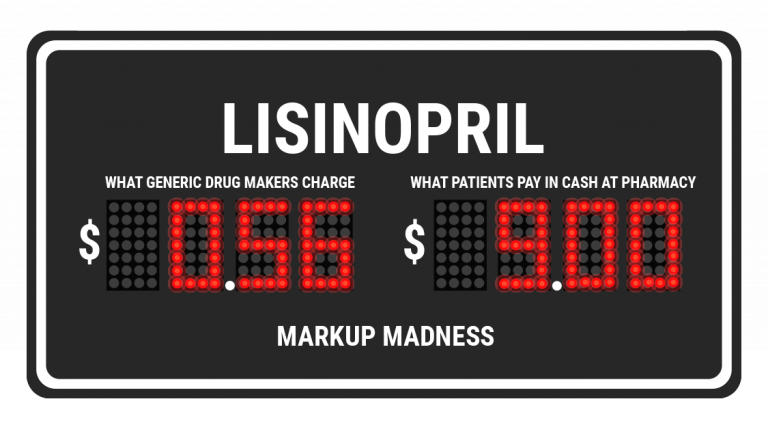
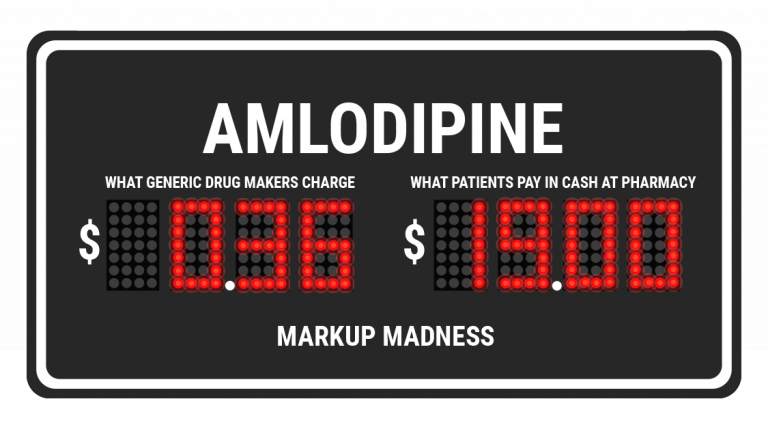
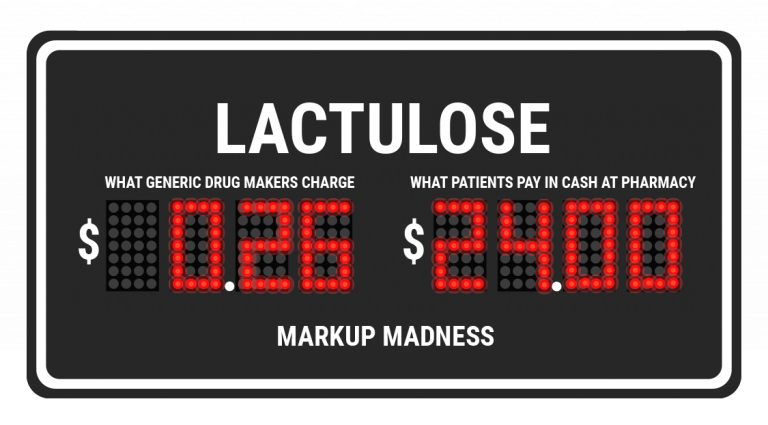
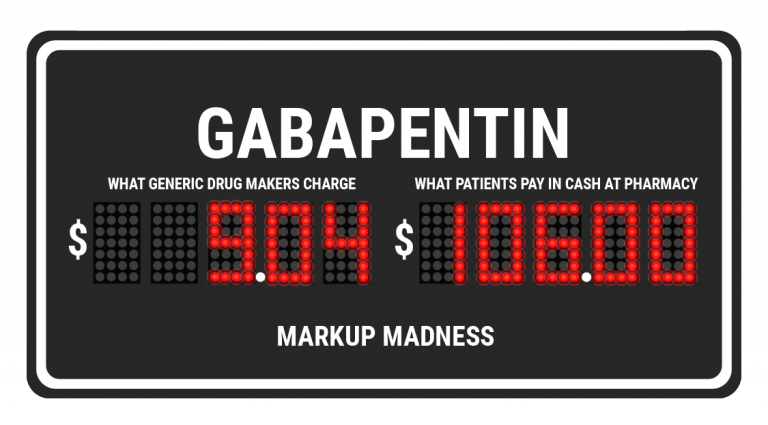
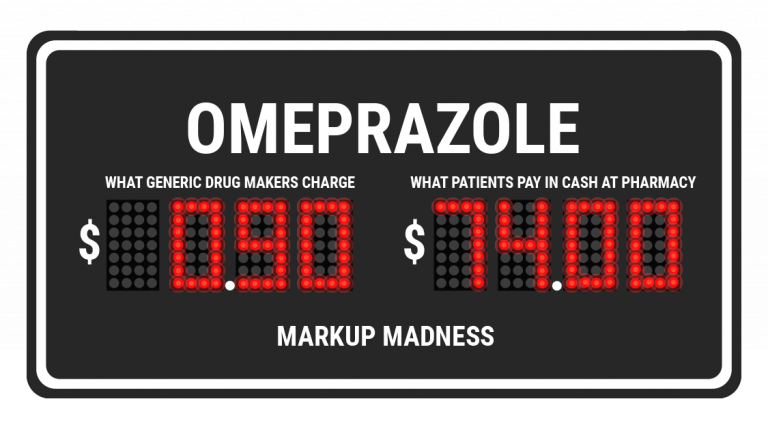
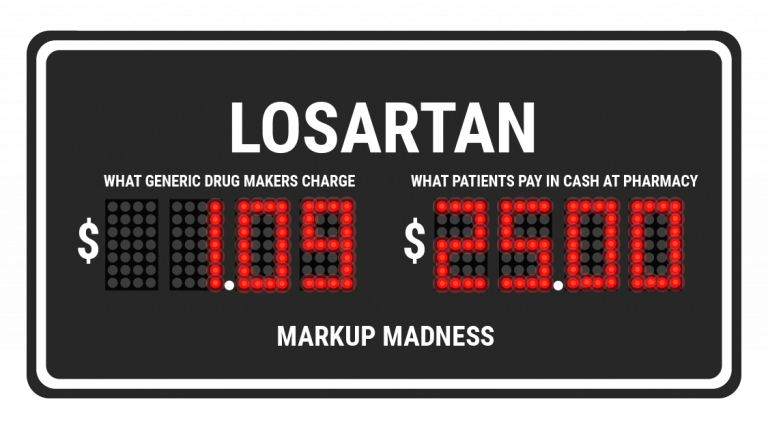



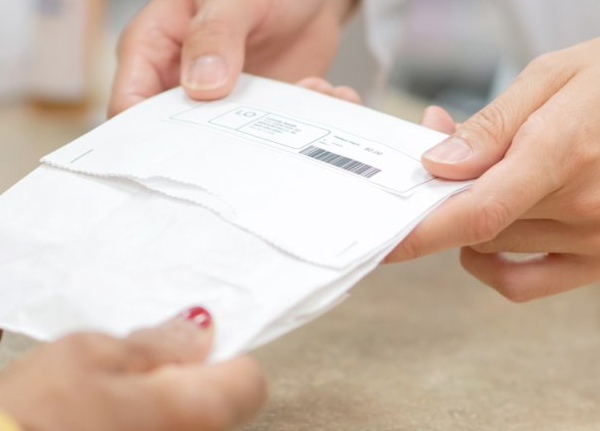
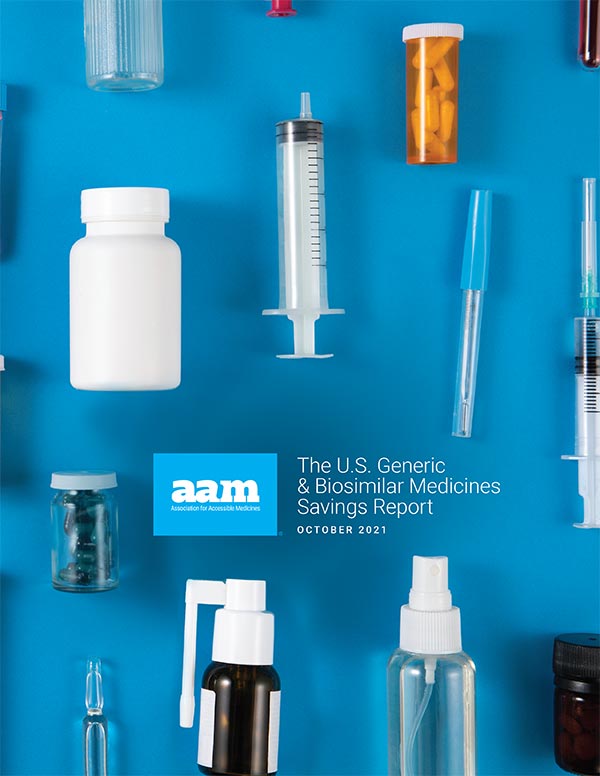
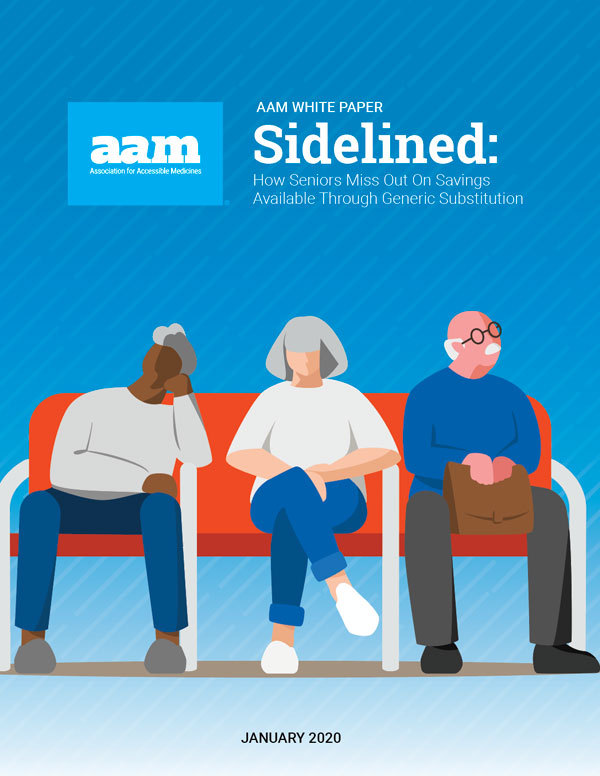
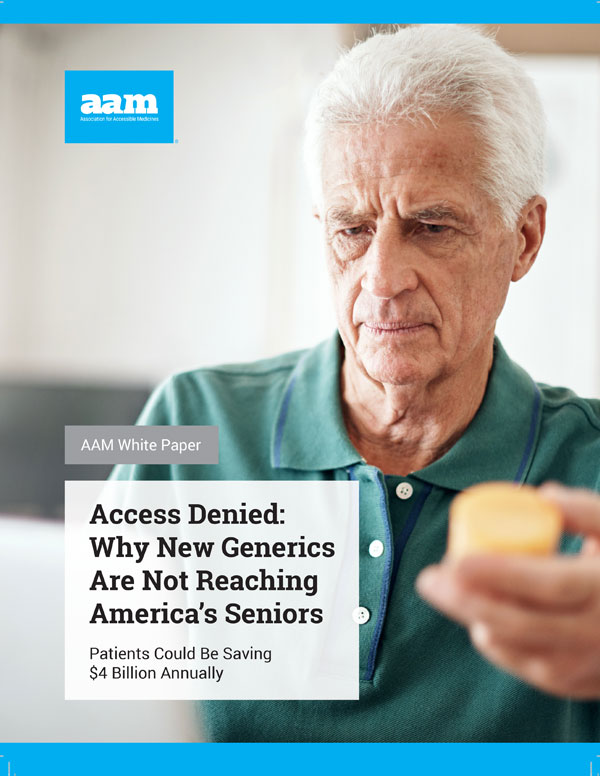
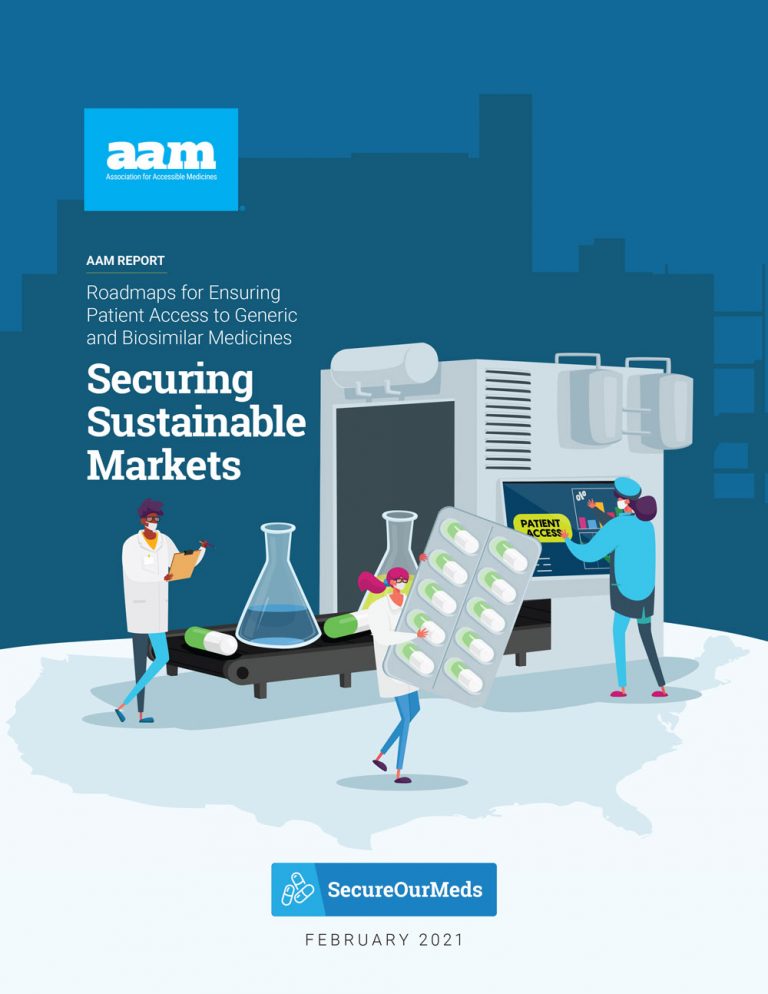

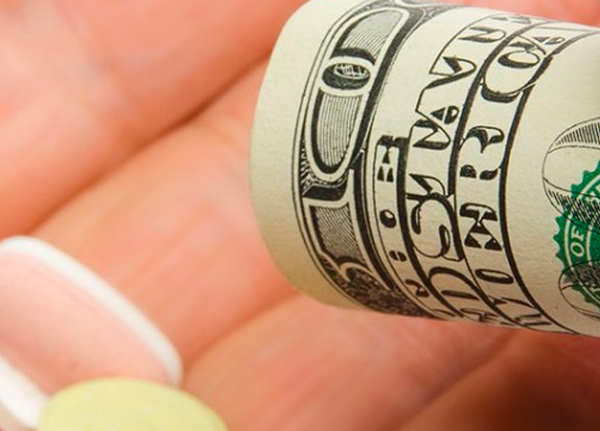



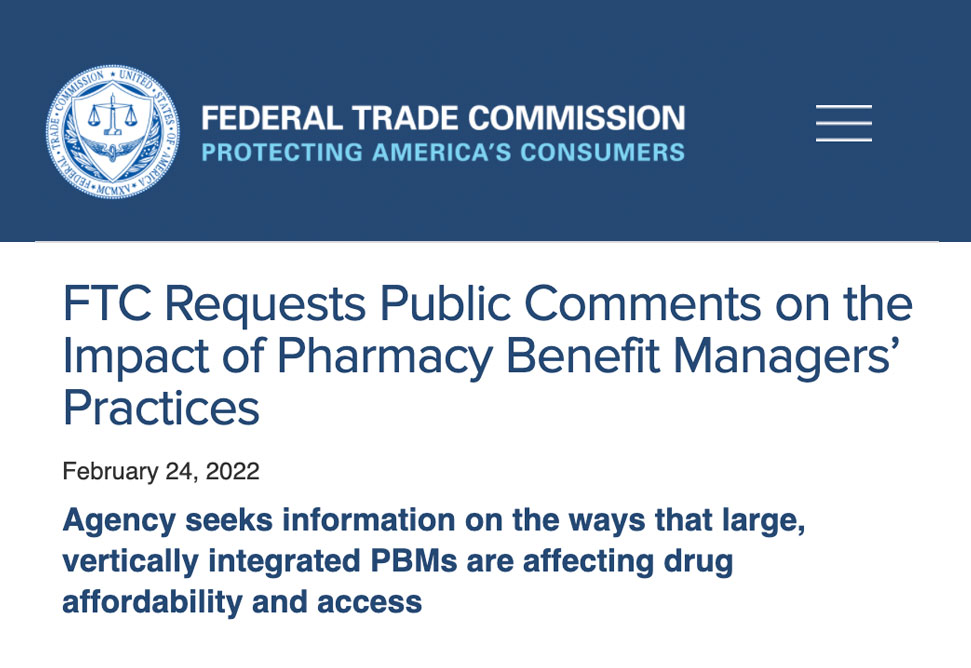
Follow the Movement